Fintan Magee, an Australian mural artist, collaborated with the non-profit organization St+art India Foundation, Asian Paints, the Australian Consulate in Mumbai, and Slum Rehabilitation Authority on a month-long project. During this time, he delved into Mumbai’s urban landscape, by painting over a building of the SRA and worked closely with local artists to incorporate its intricate imagery into his art. His exploration is centred on nuanced themes of transition, loss, and the interplay with the environment. Within the heart of Dadar, the flower market emerged as a poignant symbol of the city’s historical evolution—a place where successive generations of flower vendors have borne witness to the gradual metamorphosis of the urban topography. What once housed stables and cowsheds merely a few decades ago had now yielded to the towering presence of skyscrapers and the intricate web of flyovers.
Magee, whose relationship with St+art can be traced back, was nervous when it came to creating a mural in the city of Mumbai. “When they initially offered me the Mumbai project, I hesitated and expressed uncertainty about whether I was fully prepared for it. You see, Mumbai is this sprawling metropolis with towering walls, a constant hustle and bustle that can be incredibly overwhelming. I felt that maybe starting with a project in a slightly smaller setting, like Goa, would be a good way to ease myself into it and prepare for the challenges Mumbai might pose.”
The process of the mural
After successfully completing the project in Goa, St+art foundation invited Magee back to Mumbai to create a mural about the iconic Dadar Flower Market, which is brimming with flowers, stories and personality. The idea for a mural surrounding the fascinating flower market came from Giulia Ambrogi, one of the curators at St+art, who had requested some research on the area, seeking insights into interesting developments and activities around the wall. Magee started exploring the context, and the connection to the flower market immediately piqued his interest.
“The flower market held a unique fascination for me,” says Magee, recounting his process of ideation for the mural. “Observing how it operated and functioned was truly captivating. In this bustling market, everything must be sold rapidly as the sales predominantly take place on the streets. There’s a fascinating daily cycle that unfolds, starting with the early-morning arrival of flowers in the warehouse area, their distribution to vendors and artisans crafting intricate necklaces. It’s almost like witnessing a constantly evolving life cycle, where everything is in perpetual motion.”
Dadar Flower Market is more of an entity and contains multitudes of stories and lived experiences, something Fintan Magee has aptly realised and captured through his artwork. There’s a fascinating daily cycle that unfolds, starting with the early-morning arrival of flowers in the warehouse area, their distribution to vendors and artisans crafting intricate necklaces. It’s almost like witnessing a constantly evolving life cycle, where everything is in perpetual motion. “I couldn’t help but be drawn to the beauty of it all—the way this dynamic system functioned within the urban fabric.”
Fintan’s imagery not only evokes a profound sense of nostalgia but also roots itself firmly in the present, embodying the enduring resilience of flower vendors who persist amidst the urban landscape’s concrete expanses. This understated imagery invites viewers to pause and reflect upon the harsh environmental realities that it confronts.
During the process of ideation and ultimately painting the mural, Fintan grew close to the locals around the flower market and celebrated Diwali and Holi with the locals. “One gentleman handed me a rupee note during my time there and instructed me to hold onto it, emphasising its significance in the vicinity of India. So I still have that little note in my studio. I can’t remember how much it was, perhaps 10 rupees 100 rupees. For me, the essence of the experience lay in the interactions with people. It wasn’t solely limited to those at the flower market but extended to the individuals inhabiting the building as well,” Fintan recounts fondly.
This led Fintan to the concept of hands, which resonated with him on various levels. While photographing people at the flower market, Fintan observed their hands delicately handling flowers, passing them back and forth. For him, the hands symbolise the dignity of hard work, and this concept seamlessly integrated with the project at hand.
Fintan & artists from St+art, working on the mural and interacting with the residents of the building
Through a textured glass panel reminiscent of the windows in towering skyscrapers, Fintan unveils an image where delicate flowers seem to slip from a figure’s grasp. This portrayal serves as a poignant reminder of nature’s vulnerability in a city characterised by rapid and relentless development and regeneration. Standing tall at the epicentre of chaos, the mural stands as a gentle reminder of how delicate nature is.
Creating a mural in the hustle and bustle of a busy market, even for a veteran muralist like Fintan, had its challenges. One of the most substantial challenges with that project was the site itself—it presented quite a formidable hurdle. The area was surrounded by tall buildings, many of which had numerous windows. Furthermore, the building itself had structural divisions that made it incredibly complex to accommodate any image on its surface. This ultimately led Fintan and the team at St-art to simplify the design considerably. It became evident that simplicity was key to ensuring that the mural could be comprehensible given the disruptions present on the wall’s surface.
“We are delighted to have collaborated with the Australian Consulate-General in Mumbai for Fintan Magee’s inaugural mural in the city. His artwork seamlessly aligns with and represents the Mumbai Urban Art Festival’s initiative to catalyse discussions on climate change this year. We are also immensely grateful for the support extended by SRA Dadar, which enabled us to breathe life into this artistic intervention,” expressed Team St+art.
Locals taking in the mural
The sheer scale of the wall also played a significant role in their decision-making process. Painting intricate details on such a massive canvas would have been a monumental undertaking, possibly stretching out for months. To avoid this, they opted for a minimalist approach. The challenge lay in finding a way to make an image fit harmoniously on such an expansive canvas while remaining visually comprehensible. It was indeed a complex undertaking, but one that Magee ultimately navigated successfully.
Words by Esha Aphale.
Images courtesy of St+art India Foundation & Fintan Magee.
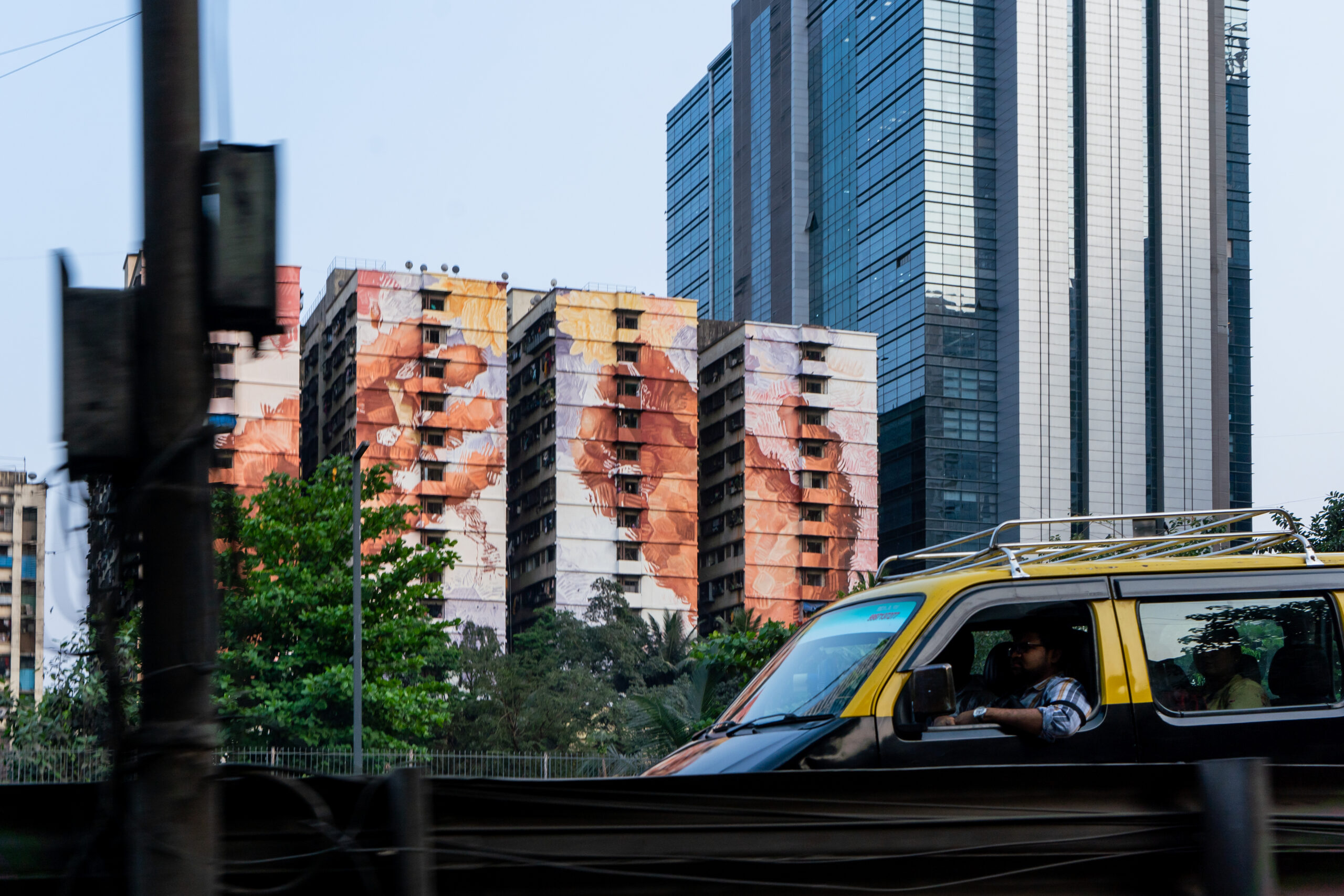

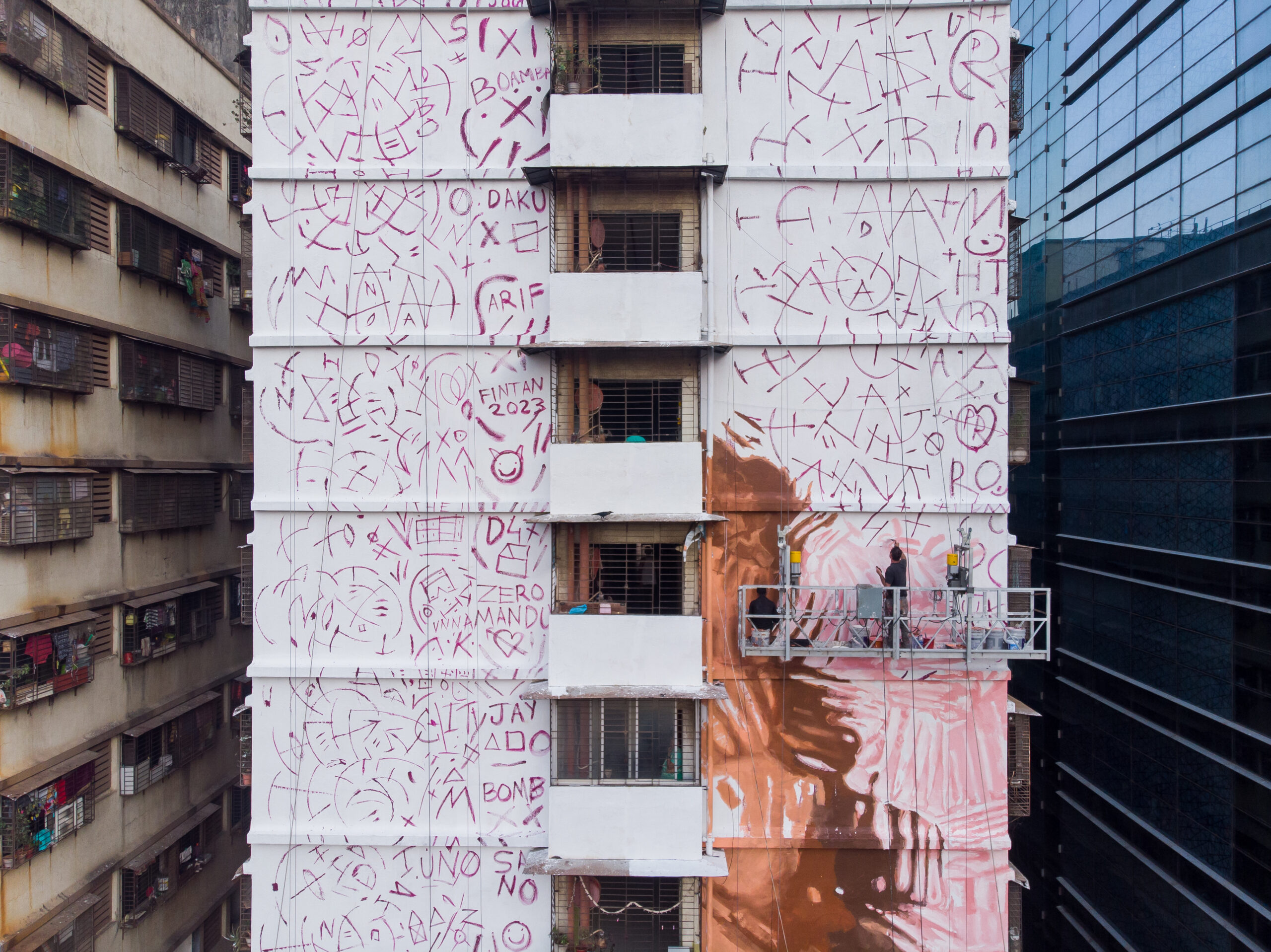
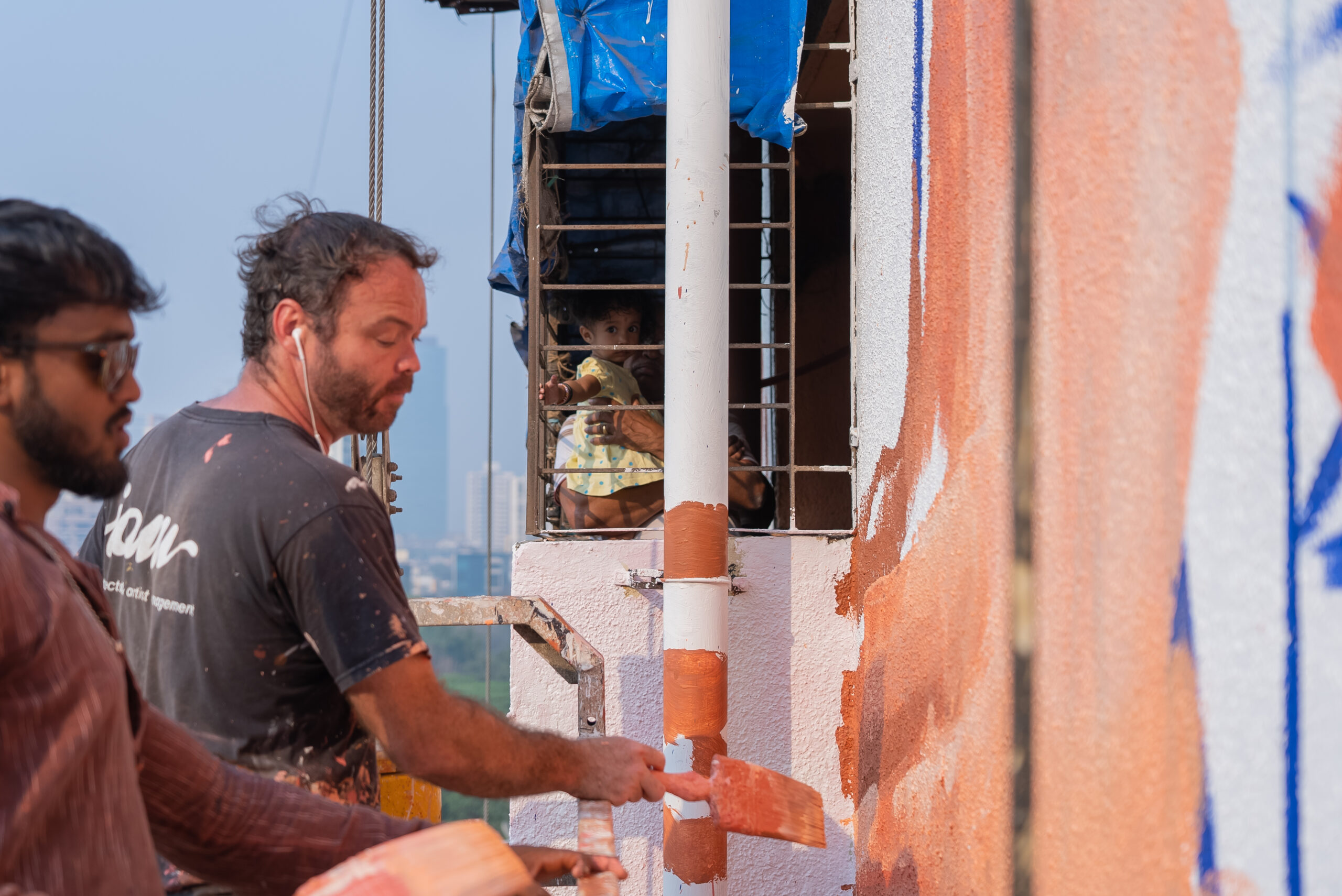

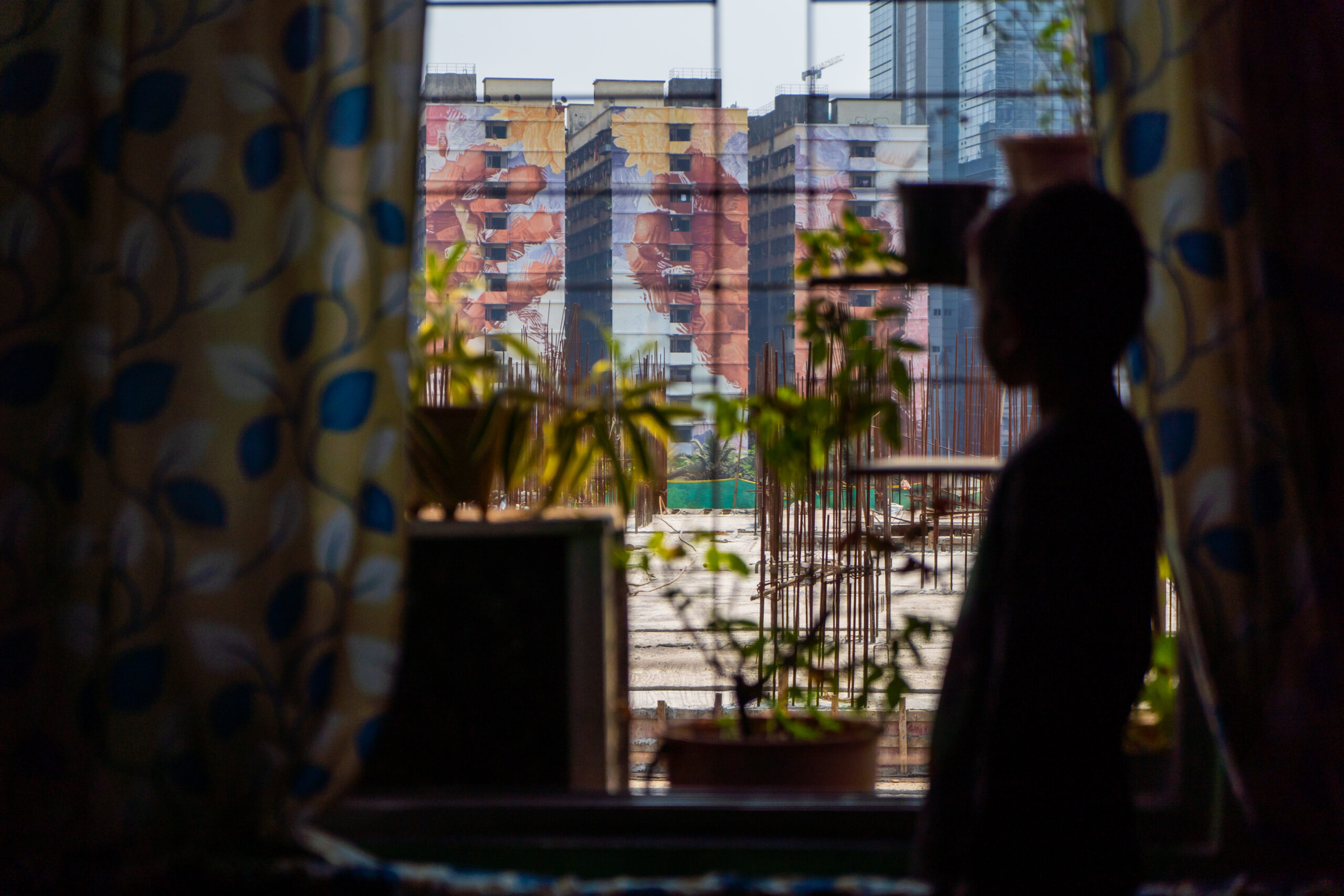
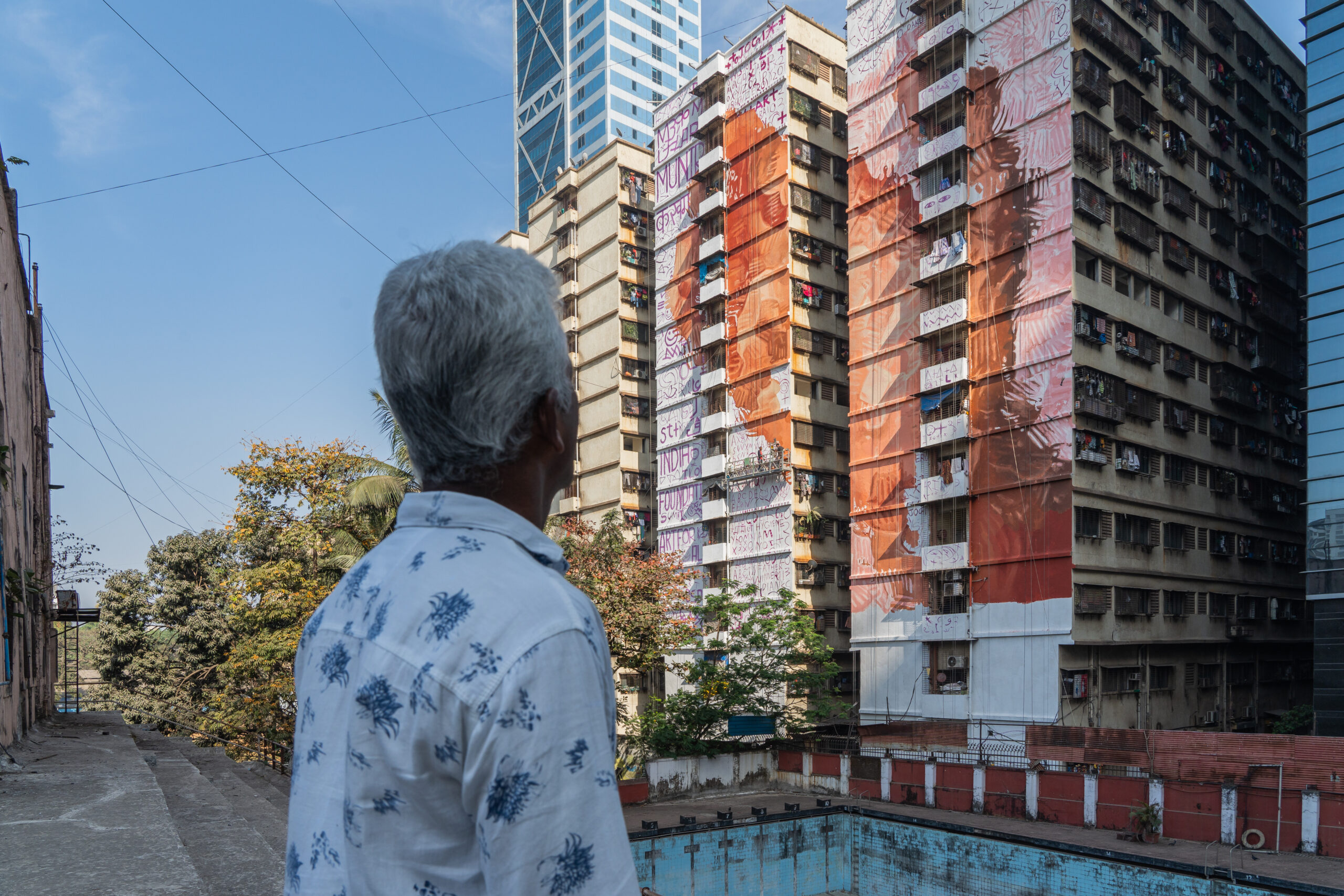

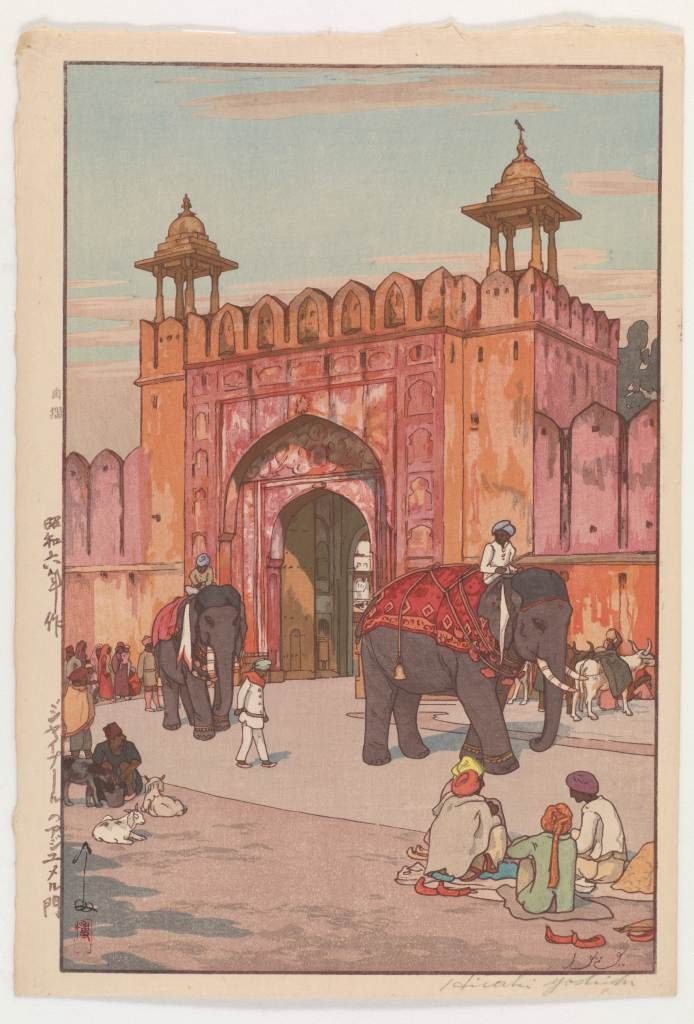
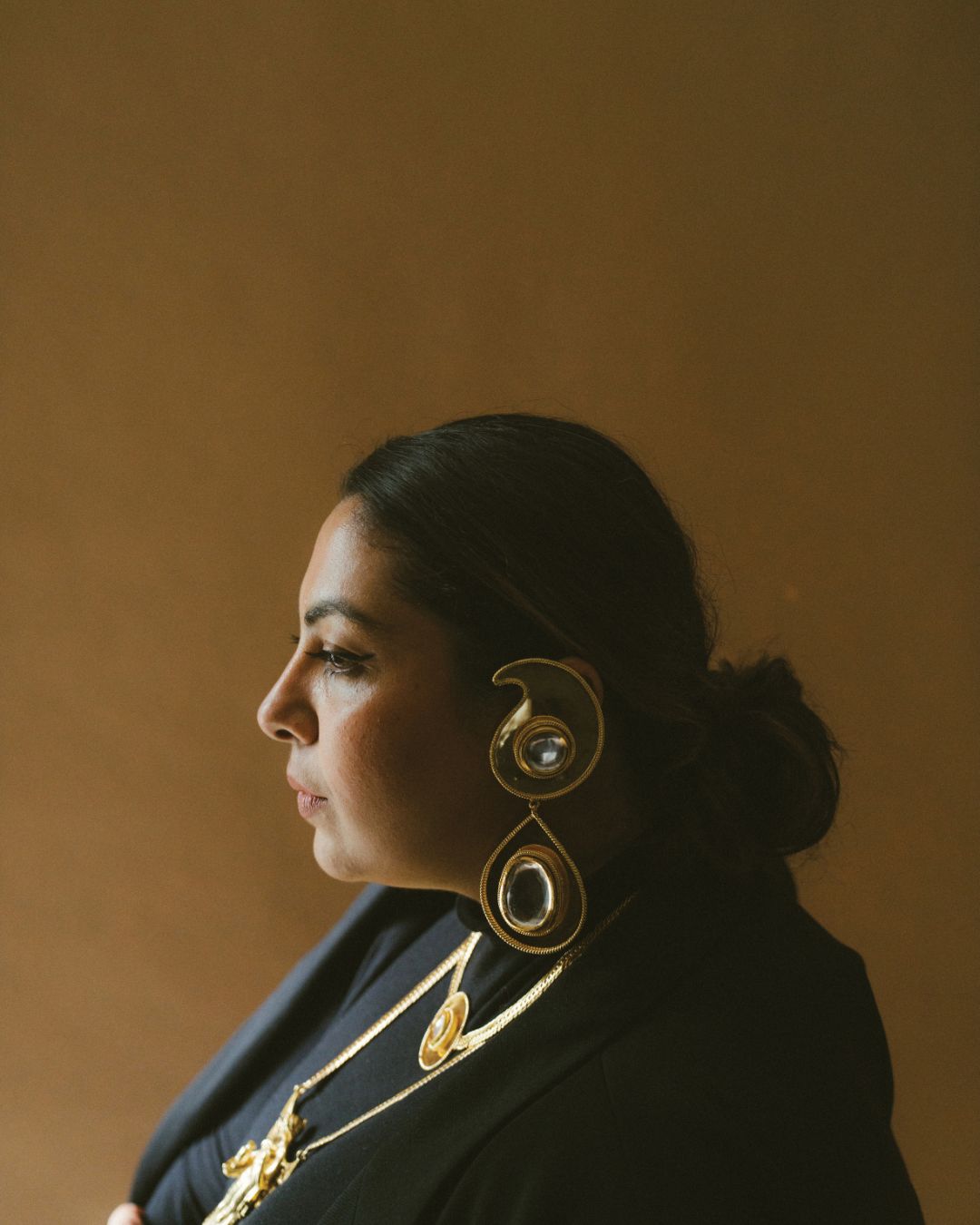
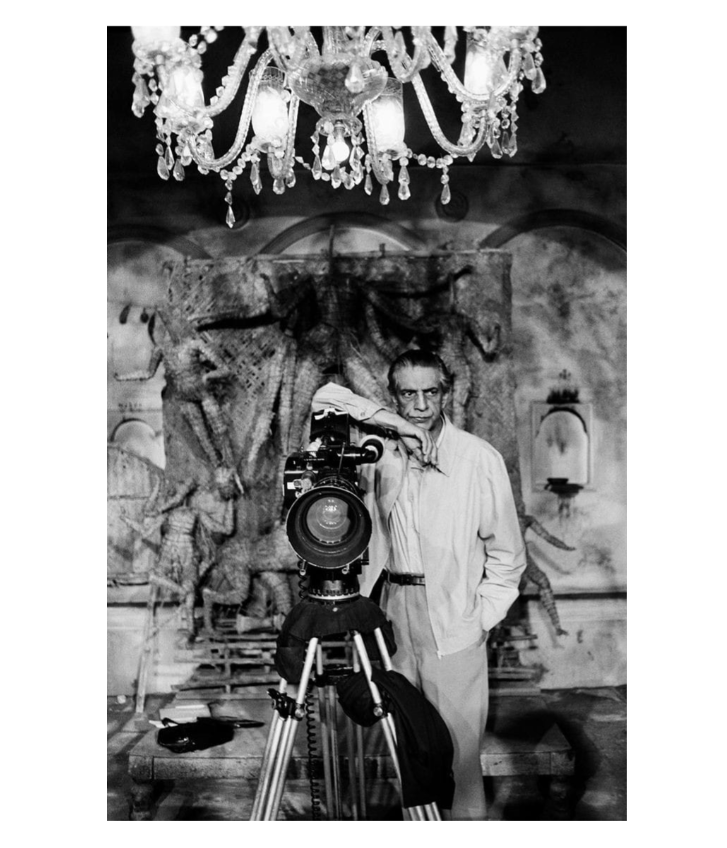
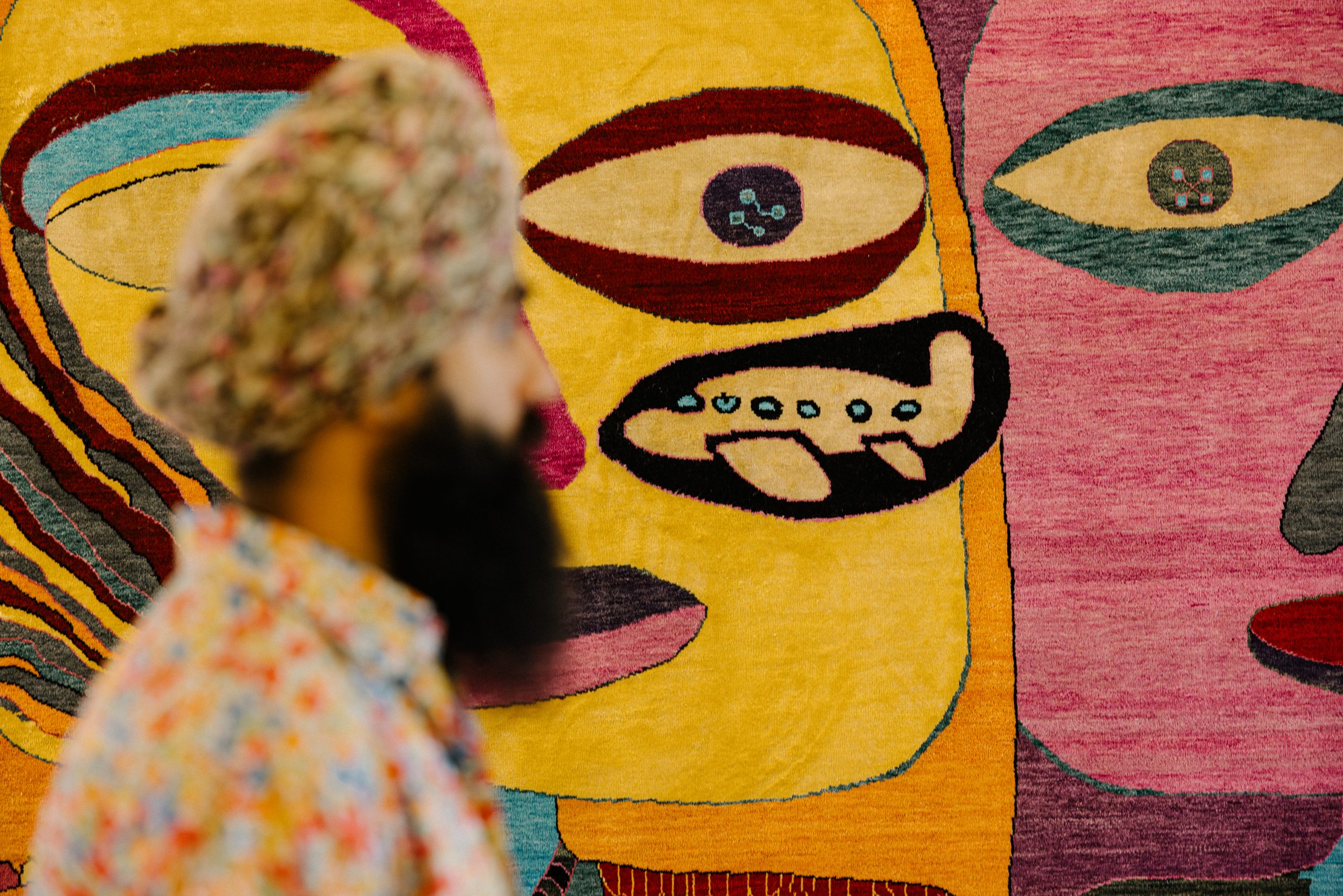
lovely storytelling. Dadar flower market is absolutely my favourite 💗💗 great read!